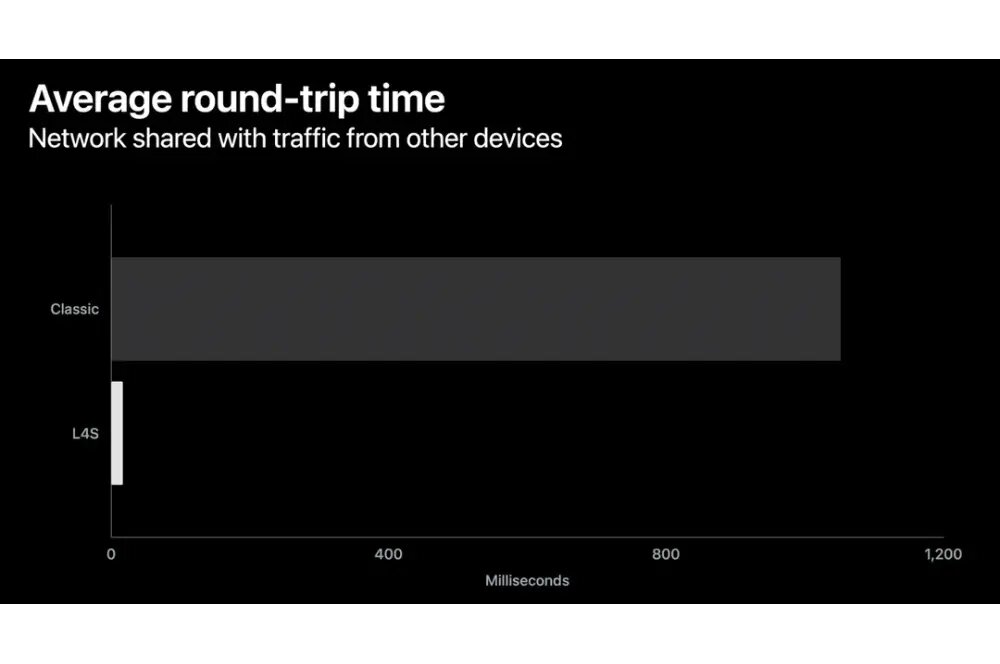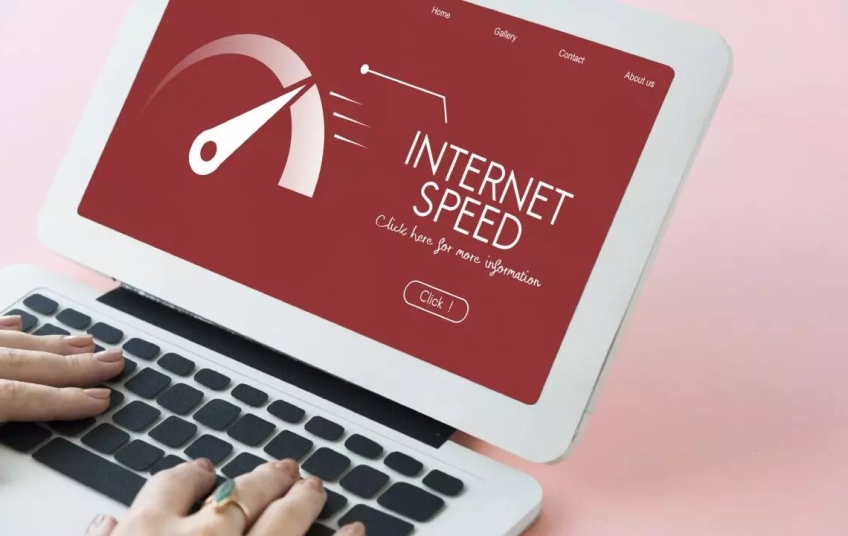Regardless of the Internet speed that we have contracted, we have encountered the problem that certain web pages do not load correctly, or that there are some interruptions when we are watching a video on YouTube, and it may even be that video calls we make are interrupted. to our family and friends with our cell phones and computers. Apparently, these latency problems can end very soon thanks to the L4S project. Let's see what it is about.
The Internet is a huge virtual space through which you can navigate without limits and where you can encounter all kinds of technical problems. This network is full of interconnections that switch routers with servers and this ends up being a real disaster, because if there is a bottleneck somewhere along the way, the browsing experience becomes chaos, and this means that an important part Internet infrastructure may be down.
After this event, you may experience problems playing videos, have limited ability to upload and upload documents, or have problems processing all that data on your computer. In this context, the connection speed is completely unrelated and has no influence at all. That is, you can have a 10 Gbps Internet speed and be connected to the fastest server in the world, but your router can only reach a limited connection and have many delays when loading web pages, for example. According to experts, we are witnessing slow traffic management and it is all part of “buffer inflation”. But how to approach all this?
Buffer inflation or "bufferbloat"
Before continuing with the explanation, these nuances must be taken into account. High latency and jitter in network and server packets are everyday life on the Internet. The amount of data traffic you have to deal with is overwhelming, so it can change constantly and our computers and smartphones don't really know how much data to send at a time. Therefore, buffer inflation or "bufferbloat" causes an overload on the Internet due to excess packet buffering, which causes slowdowns in the overall performance of the network, although it is often temporary.
Imagine constantly performing tasks from your home Internet, such as uploading images to the network, sending emails or making a video call. If a device receives so many actions and packets at the same time, it can temporarily store them by placing them in single row to be carried out and produce the so-called buffers. Can this be good or bad? It can be good because there is an organization of packages to be sent, but at the same time bad because the lines for packages have become very long and that means more waiting to continue browsing.
What is L4S and how does it make the Internet faster?
L4S stands for low latency or scalable throughput, the primary goal of which is to ensure that your packets are sent as quickly as possible and spend the least amount of time waiting in queue. Thus, the devices realize that something is wrong and immediately take a solution to fix the problem as soon as possible, working to shorten the latency feedback loop. So, L4S eliminates that lag between the onset of the problem by unifying each device so that they realize that they have to reduce the amount of time it takes to transfer data.

To use L4S you need an operating system, a router and a server that supports it. As for how it works, L4S adds an indicator to packets asking if they experienced any altercations during data sending to continue improving. The moment there is data congestion, the necessary adjustments would be made to prevent it from getting worse and can be eliminated completely. This will ensure that the data flow is much faster and there are no interruptions.
When will this be possible?
This is where the bad news comes and that is that L4S is not yet being implemented as a standard model. The developers have highlighted that there is not yet adequate technology to incorporate this tool, so we will still have to wait a while for it to reach our homes.
At the moment, experts say that there are 20 cable modems that currently support it and that several initiatives have been presented to test their hardware and software with L4S.
Fortunately, companies such as Nokia, Vodafone and Google are also involved in this project , so interest in this technology is served. Finally, Apple also put a lot of attention on L4S and is carrying out tests and configurations in the next iOS and macOS updates.
Be that as it may, there is no specific date for the arrival of L4S technology in our homes, but it will mean a significant improvement in our daily lives thanks largely to low latency and the elimination of data overload.





